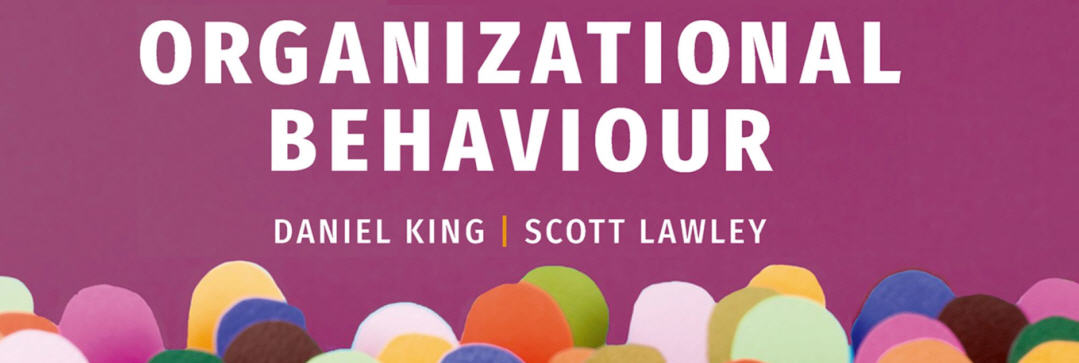Organizational Behaviour 3e Student Resources is no longer available and it was replaced by Organizational Behaviour 4e.

Chapter 2 Multiple Choice Questions
Chapter 2 Multiple Choice Questions
Organizational structure, design, and bureaucracy